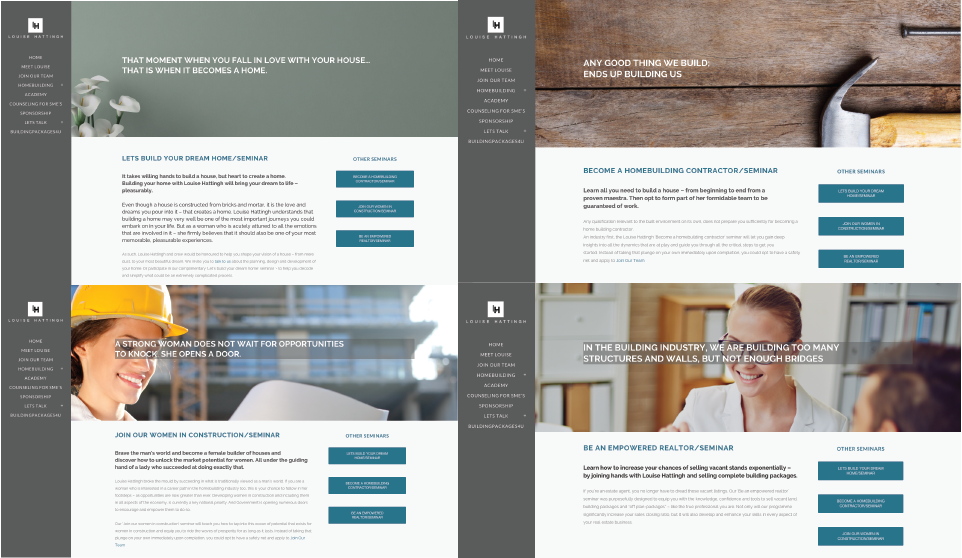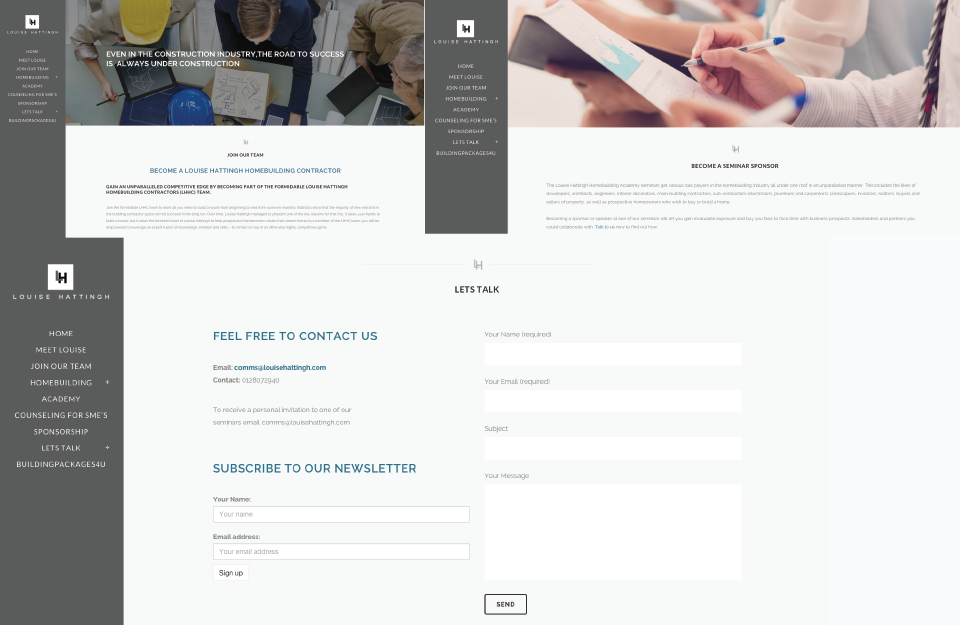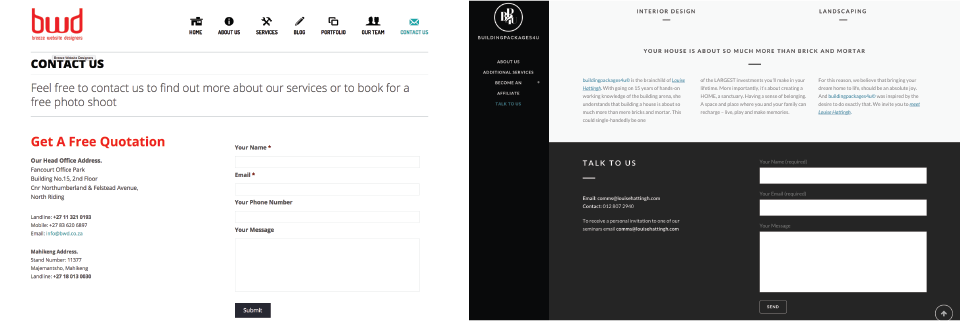23 Dec How to Make Your Website WORK for Your Business
Whether you’re getting a designer to build your website from scratch or re-purpose an existing one, there’s a difference between a website that’s just going to hang around in the online vortex ‘looking pretty’ and one that’s going to WORK for your business to generate returns from the time and money you’ve invested in it. This isn’t to say that a fantastic layout, great images and easy interface aren’t going to grab potential clients in a snap; but a few small additions and tools are going to help your website find customers for you and hopefully keep them coming back.
SEO
At a basic level Search Engine Optimisation is a marketing tool designed to increase the number of visitors to your website by linking it to a certain list of keywords used to search for things online. This means that you can tailor your visitors based on your products and or services. For example if your company specialises in business consulting, users typing this into google search are more likely to see your website popup on the first page of suggestions for business consulting agencies. Sometimes even non related, popularly used keywords can also be used to redirect searches and produce the same results.
The way your site is structured, the type of content used, the way files are named and even links within your website all affect the way search engines are able to find you’re website and improve its search ranking.
Google Analytics
Once SEO has been implemented its often quite useful to track your websites progress. This can be done through a simple tool called Google Analytics. The insights generated from your websites keyword statistics will help you understand what you’re customers are searching for and if those searches are successfully or unsuccessfully bringing new visitors to your site. For example if users searching for the your key word ‘web design’ and you’re interior design website pops up, they’re most likely going to get irritated with the search results and try another key word. Google Analytics will help pinpoint flaws in your SEO for you to then correct and turn searches into clicks.
Call To Actions
New visitors to your website will often need an extra push to hold their attention or get them to move through the site faster, this comes in the form of a series of strong ‘call to actions’. Most effective when used on a homepage slider or following a short excerpt of information, call to actions give definitive instruction to the user, directing them to sign up, order now, call us and so on. These actions often result in lead generation as the user is directly interacting with the website and the business from clear instructions. As a navigational tool, call to actions help the user do things like find out more or read about what we do.
About and Services Pages
This may seem like an obvious inclusion but a surprising amount of websites fail to ensure that a clear well written section is allocated to providing new visitors with a basic understanding of the business and its offerings, as well as how they are going to benefit them as customers. Having this information at the forefront of your site will give potential customers the further opportunity and incentive to do business with you.
Blogging and Additional Content
Blogs, downloads and signup forms are an effective way to keep existing clients interested as well as grab the attention of new visitors or potential customers. These strategies also allow your website to appear fresh and up to date; be it a monthly company newsletter or a weekly blog, people like getting free stuff and gaining access to content that’s going to help them in some way or other is going to add value to your business.
Client Carousels
You always want to put a stamp of verification somewhere on your website. This can appear in the form of a client carousel or page. Word of mouth is a strong piece of advertising, if you can feature any big brand logos on your site or include some form of credible testimonial, people are more willing to work with you when an element of trust is involved.
Contact Page
Lastly, always include more than one method of contact on your site: an email address, office number and physical address with a map will make it easy for people to contact you and do business. Contact forms also help improve and manage customer service for existing clients and introduce a portal through which the potential client can immediately contact the company. If your site seems to be missing these details or doesn’t include any of the above strategies, it’s probably not working for your business or your pocket.









